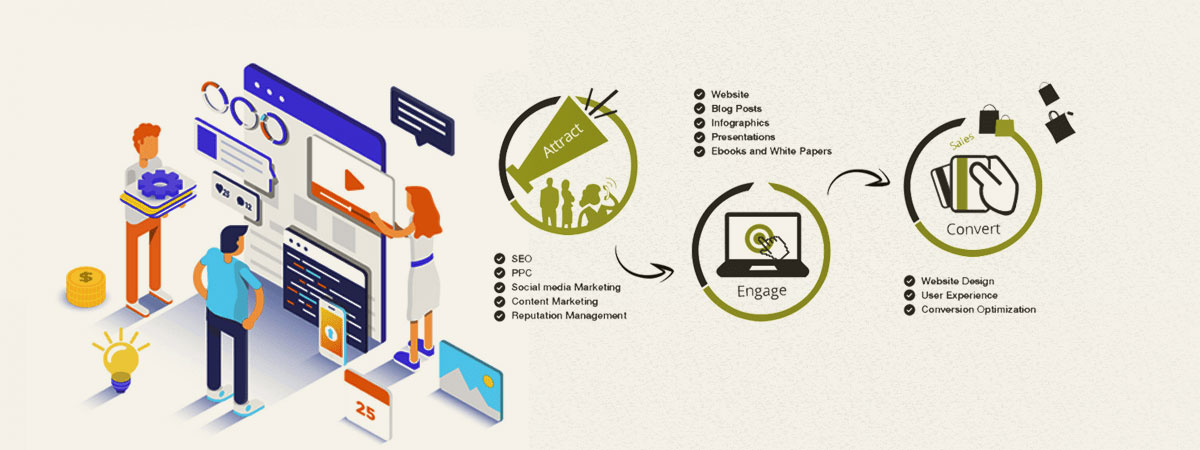The Advancement Of Website Design: From Past To Existing
The Advancement Of Website Design: From Past To Existing
Blog Article
Post By-Kahn Lunde
In the past, websites were simple and focused on details. Navigating was straight, and design was for desktop computers. Now, individual experience is key. Data overviews styles for very easy navigating. Receptive layouts suit various gadgets. Today, dark setting decreases strain, and minimalist food selections enhance navigating. Interactive attributes involve users, and bold visuals stand out. AI integration increases engagement. See just how style has developed to improve your on-line trip.
Early Days of Web Design
In the early days of web design, simplicity preponderated. Site s were fundamental, with limited shades, font styles, and designs. The emphasis was on offering info as opposed to fancy visuals. Individuals accessed the web through sluggish dial-up links, so speed and capability were vital.
Navigation menus were straightforward, generally located on top or side of the web page. Web sites were designed for desktop computers, as mobile surfing wasn't yet common. Content was king, and designers prioritized simple readability over complicated style elements.
HTML was the key coding language used, and designers had to work within its restraints. Computer animations and interactive features were very little compared to today's standards. Web sites were fixed, with little dynamic web content or customized user experiences.
Increase of User-Focused Design
With the evolution of website design, a change towards user-focused layout principles has actually ended up being increasingly popular. Today, creating web sites that prioritize individual experience is vital for engaging visitors and attaining service objectives. simply click for source -focused layout involves recognizing the needs, choices, and behaviors of your target market to tailor the internet site's format, material, and features appropriately.
Designers now conduct comprehensive research, such as customer surveys and functionality screening, to collect insights and feedback straight from individuals. This data-driven technique aids in producing intuitive navigation, clear calls-to-action, and visually enticing interfaces that reverberate with site visitors. By putting the user at the facility of the style procedure, internet sites can deliver a much more personalized and enjoyable experience.
Responsive design has additionally become an essential element of user-focused style, making certain that sites are optimized for various gadgets and display dimensions. This adaptability enhances availability and usability, dealing with the diverse means individuals engage with web sites today. Essentially, the surge of user-focused design signifies a shift towards producing electronic experiences that prioritize the needs and expectations of the end individual.
Modern Trends in Web Design
Explore the current trends forming web design today. One popular trend is dark mode layout, using a streamlined and modern-day look while minimizing eye strain in low-light atmospheres. An additional essential fad is minimal navigating, streamlining menus and boosting customer experience by concentrating on essential elements. Including micro-interactions, such as computer animated switches or scrolling results, can create a much more engaging and interactive site. Receptive layout remains vital, making certain smooth customer experiences throughout different tools. In addition, utilizing vibrant typography and asymmetrical layouts can add aesthetic rate of interest and accentuate specific material.
Incorporating AI technology, like chatbots for consumer assistance or tailored referrals, enhances user engagement and streamlines procedures. Access has also end up being a considerable pattern, with developers focusing on comprehensive design methods to satisfy diverse customer requirements. Accepting sustainability by optimizing website efficiency for speed and efficiency is another emerging fad in web design. Teaming up with individual comments and information analytics to iterate and enhance style constantly is essential for remaining relevant in the ever-evolving digital landscape. By accepting these modern-day fads, you can create an aesthetically enticing, straightforward website that reverberates with your audience.
Conclusion
As you assess the advancement of web site style from the early days to currently, you can see exactly how user-focused layout has actually come to be the driving pressure behind modern-day fads.
Embrace the trip of change and adaptation in website design, always maintaining the individual experience at the leading edge.
Stay current with the current patterns and technologies, and never quit evolving your method to create aesthetically stunning and easy to use web sites.
Advance, adapt, and produce - the future of web design remains in your hands.
